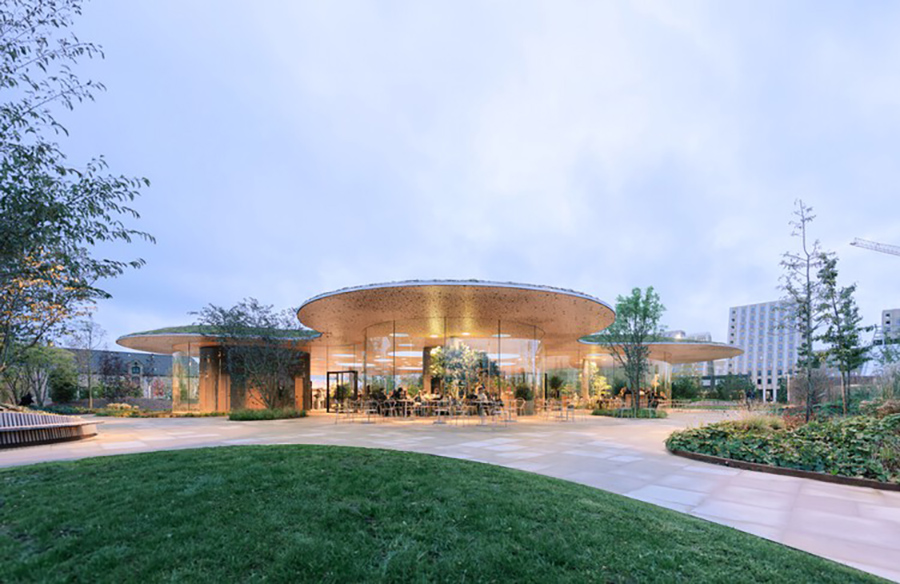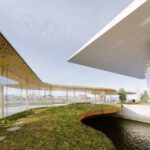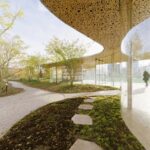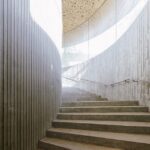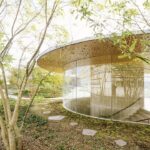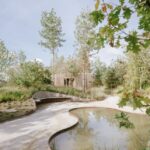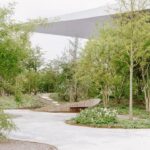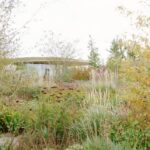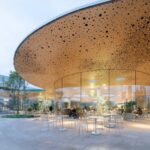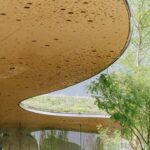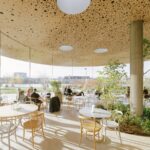Redefining Urban Spaces
In 2019, the A.P. Møller Foundation entrusted Cobe, a Danish architecture studio, with the task of reimagining a former industrial island in Copenhagen’s inner harbor. What was once a modest green lawn adjacent to The Royal Danish Opera has been revitalized into a vibrant public park known as The Opera Park. This transformation represents a significant shift in urban planning, offering a green sanctuary amidst the city’s dense urban fabric.
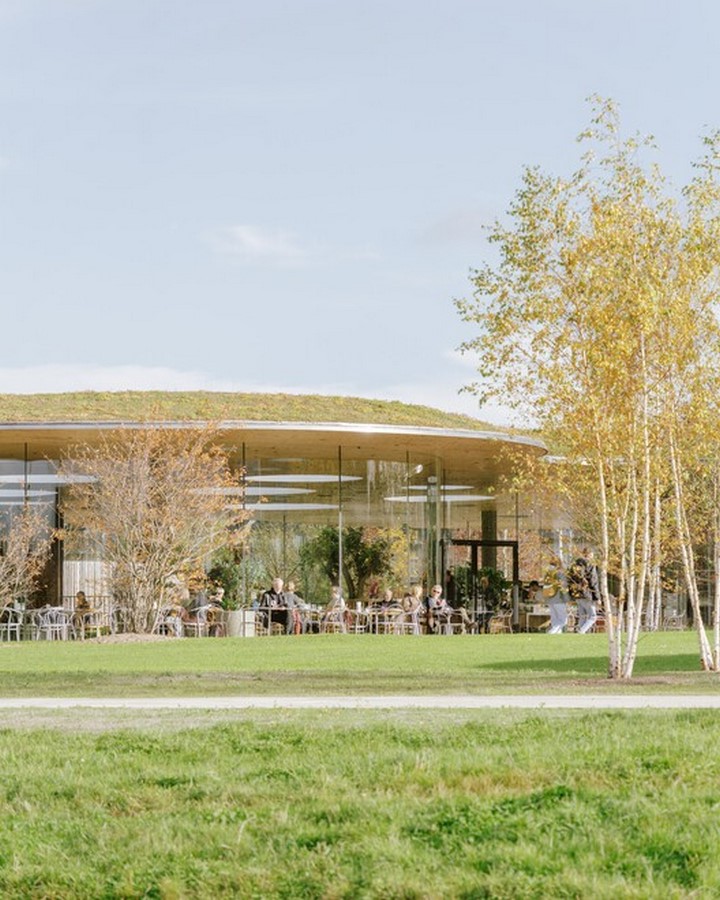
A Symphony of Gardens
Spanning an expansive area equivalent to three soccer fields, The Opera Park features six distinct gardens inspired by landscapes from around the world. From the North American Forest to the Subtropical Garden housed within a central greenhouse, each garden offers a unique sensory experience. Meandering paths and carefully curated flowerbeds weave together the park’s diverse elements, inviting visitors to explore and discover its hidden treasures.
A Year-Round Oasis
Designed to enchant visitors throughout the year, The Opera Park boasts a rich tapestry of flora comprising 628 trees, 80,000 herbaceous perennials, and 40,000 bulb plants. This botanical diversity ensures a dynamic and ever-changing landscape, with seasonal variations in color, scent, and texture. From the vibrant blooms of spring to the tranquil hues of winter, the park provides a sanctuary for both humans and wildlife alike.
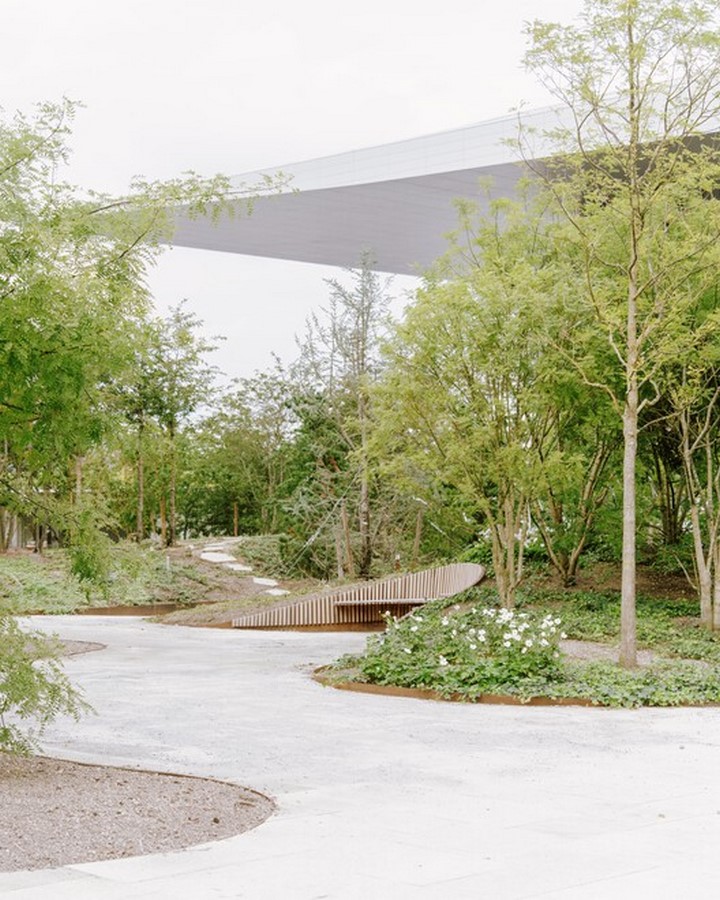
The Heart of the Park: The Greenhouse
At the center of The Opera Park lies a striking greenhouse, featuring a café and underground parking facilities. Designed as an organic glass structure with a floating roof, the greenhouse serves as a focal point, seamlessly integrating with the surrounding landscape. Its subtropical biotope descends to connect the park with the underground levels, while terraced seating provides panoramic views of the verdant surroundings.
Bridging Nature and Architecture
A covered walkway atop a landscaped bridge connects The Opera Park to the adjacent Royal Danish Opera, offering a weather-protected link for park visitors. Inspired by the park’s organic forms, the walkway’s curved glass and floating roof blend seamlessly with the natural environment, creating a harmonious transition between landscape and architecture.

Sustainable Design Principles
Embracing sustainable design practices, The Opera Park harnesses rainwater for irrigation and utilizes permeable surfaces to manage stormwater runoff. Solar panels power the park, greenhouse, and underground parking facility, while robust and recyclable materials ensure longevity and environmental responsibility. Elevated terrain and strategically placed vegetation provide protection against harsh winds and flooding, enhancing the park’s resilience to climatic challenges.
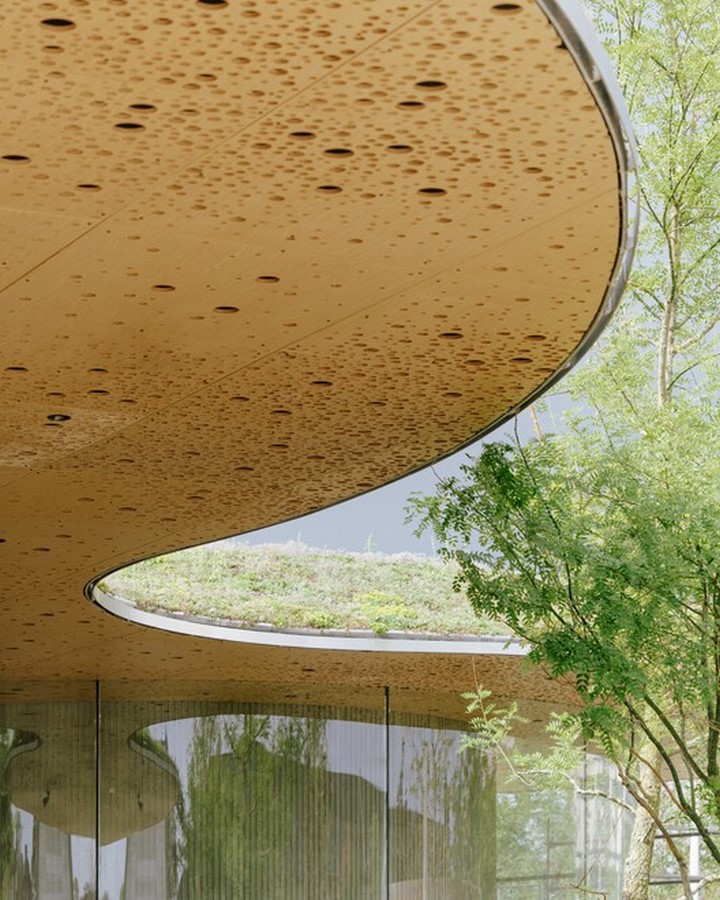
Conclusion
The transformation of The Opera Park stands as a testament to the power of visionary design in creating vibrant and sustainable urban spaces. By blending nature, art, and architecture, this iconic park has become a cherished landmark, offering respite and inspiration to visitors from near and far.

